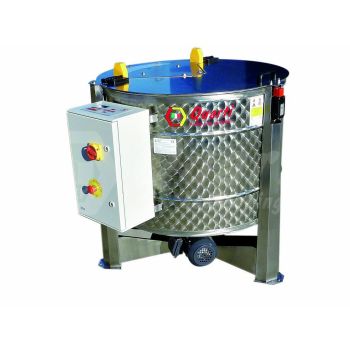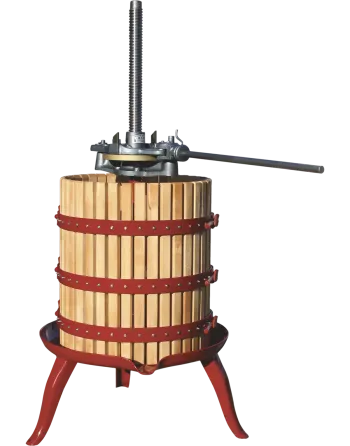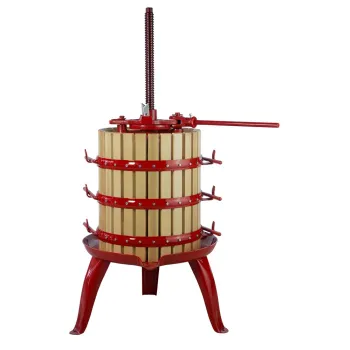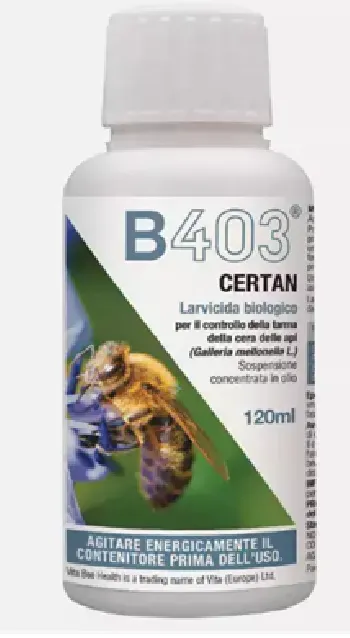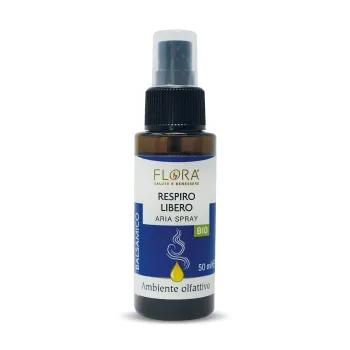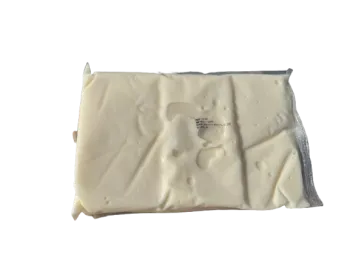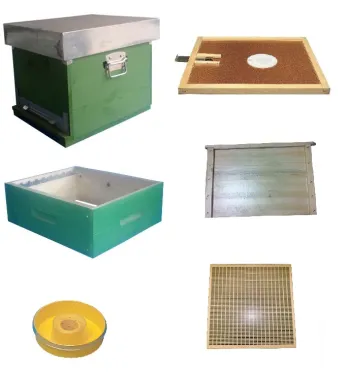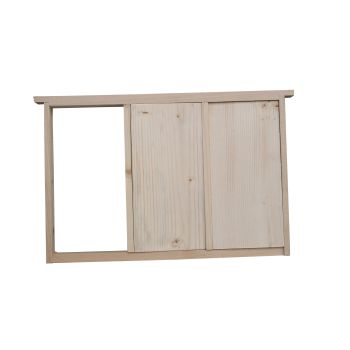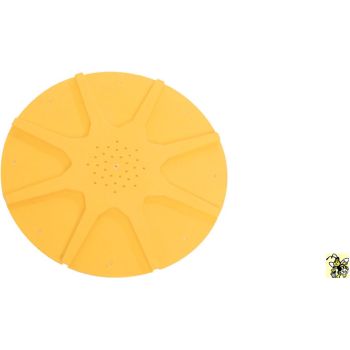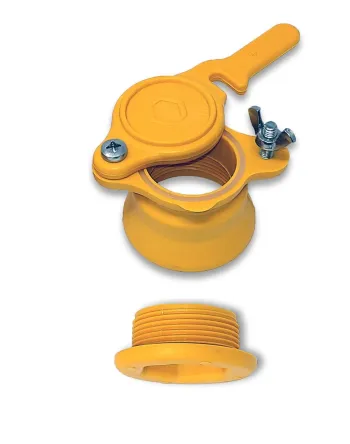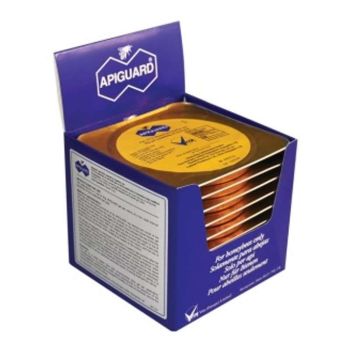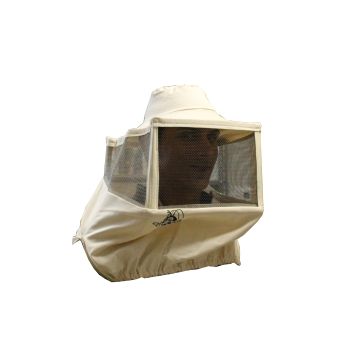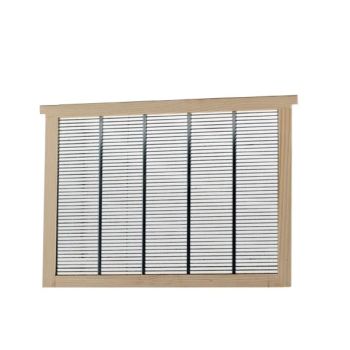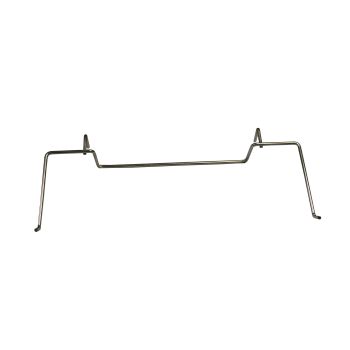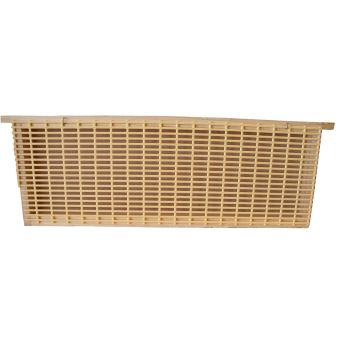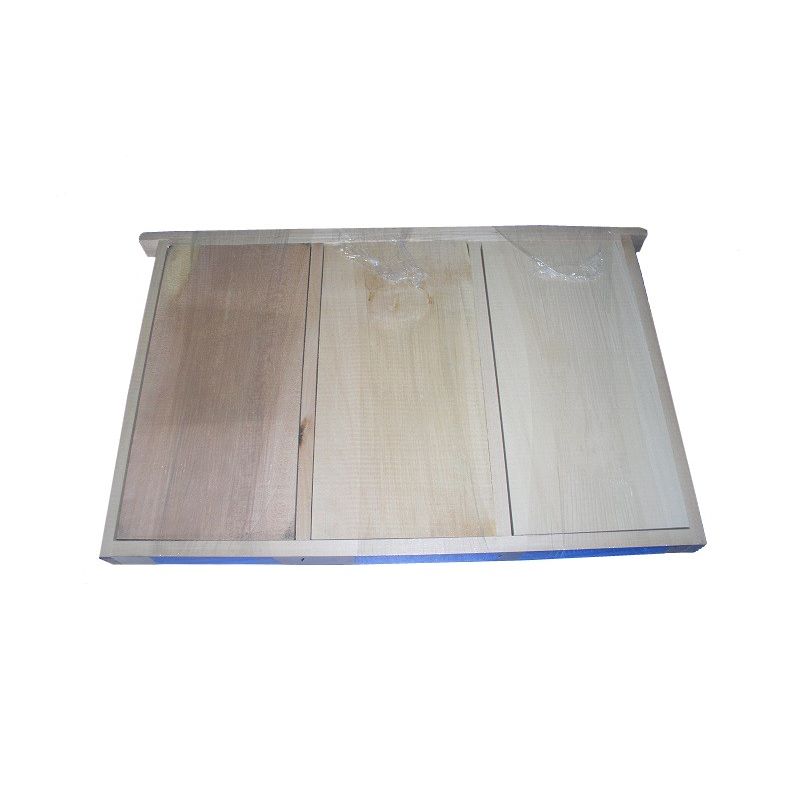
Special Products
€4,350.00Regular price-€450.00€4,800.00Price
Featured Products

€9.00
Tax included
D.B. CAMPERO 3-sector nest canvas with 3 woods to fight varroa without chemical agents
You might also like
Customers who bought this product also bought:
Seeley and Morse state that "every year families that have reached maturity, when not weakened by disease or mismanagement, experience a natural urge to swarm." Perhaps, then, when bees swarm we should not be surprised or consider it a misfortune. Most beekeeping books, on the other hand, debunk the importance of swarming; yet, if we are to achieve abundant honey harvests, being able to control it is essential. And there is no doubt that in managingfamilies, controlling swarming is at once the most important and the most difficult aspect. The beekeeper should always keep in mind that swarming is simple reproduction: all the complex and innate behaviors encountered in a melliferous bee family are only developed to increase its chances of successful reproduction.
€24.00Price
APIGUARD- treatment of varroasis of bees caused by Varroa destructor, 10-pack product features in the section (DOWNLOAD)
€29.00Price
Square beekeeping mask with aluminum protective mesh. Underarm elastics to secure the mask over any garment
€19.00Price













